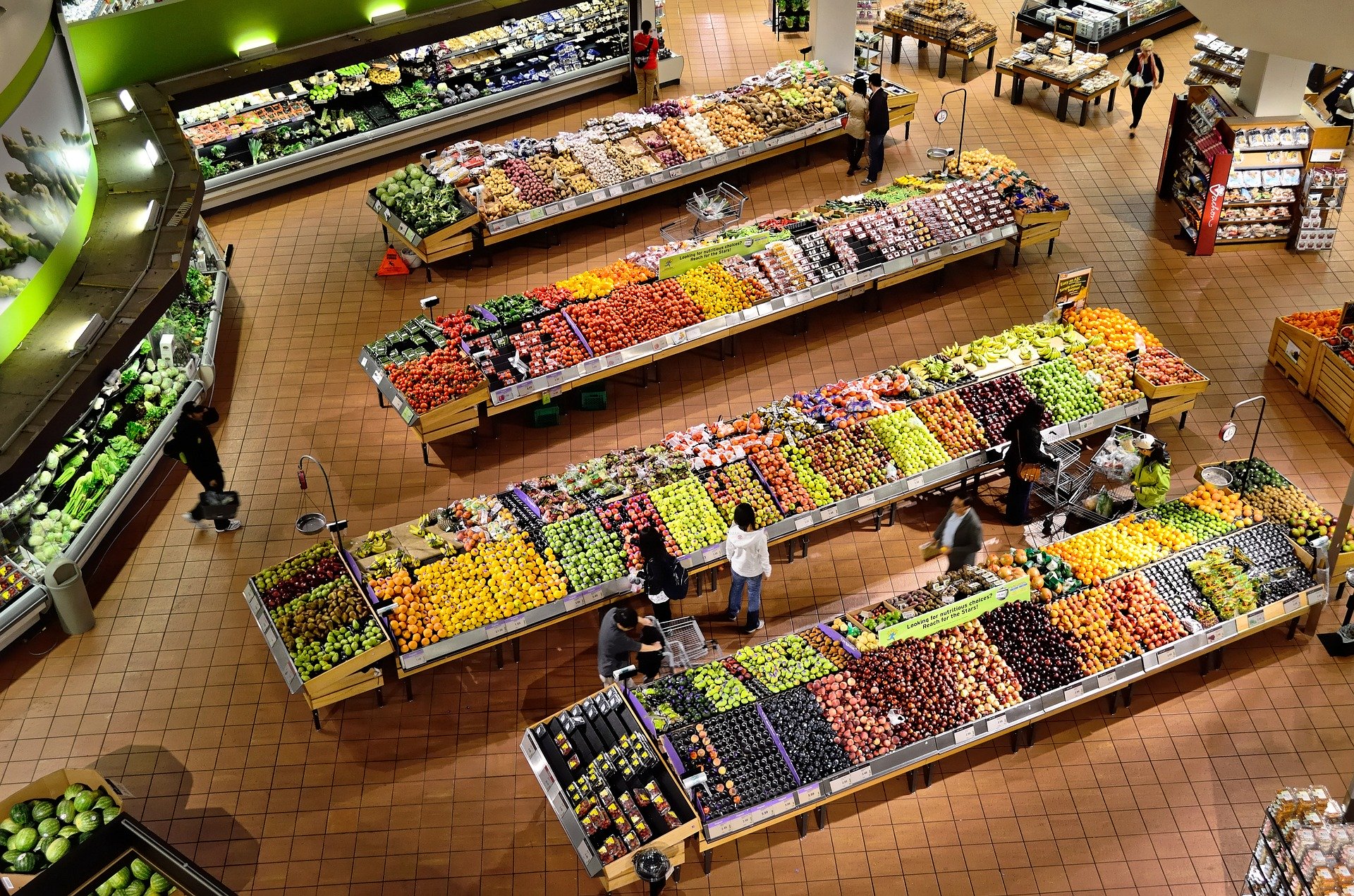Grocers know the value of good product placement because it might retain or lose customers. Often, stores relied on existing consumer trends, consumer purchasing patterns, and experience to determine inventory approaches and product placement. 3 in 4 Shoppers at supermarkets make a significant number of buying decisions in-store and hence the location of the product is essential to motivate shoppers to buy and for that appropriate data is necessary to determine the optimal location of a product.
A reliable insight system that compares shelf position and product revenue is essential to know the best product strategy. It has been difficult in the past to get such data, but no longer i.e. Predictive Analytics
Finding your product simply
A grocery store consists of more than a thousand different brand products and sometimes it’s hard to know exactly what your unique shopper needs. Items with a high selling volume are optimally designed to draw the attention of all. One can gain unexpected results with the advantage of data findings of shopper’s preference by making small changes in the product positioning of low-selling items.
Making Reasonable Placement Decision
Assigning footing to a given product is no longer a secret. This could be achieved with the help of big data. Customers can often experience a change in their regular supermarket layout and shift in their favorite product shelf because grocers are successfully knowing more about your every time footprints towards products. For example, give some thought to your experience before getting to final checkout at the supermarket– how many times do you pick up chocolates, mouth fresheners, and newspapers just because it’s there right? To the close counter like that it is a designed strategy for those items.
Overall, data analysis offers grocers the opportunity to monitor real-time store traffic to see which displays draw customer attention and which layouts much of the time allow consumers engaged. Associated with assumptions about ideal merchandise displays, this knowledge will allow retailers to be innovative about their visual presentations and product placements.

